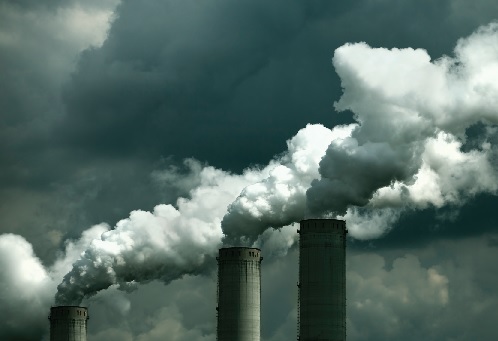Who needs it?
Historically, environmental liability insurance was considered a necessity for only certain types of insureds, such as mines, chemical plants and waste management companies. However, in recent years, government agencies such as the Environmental Protection Agency (EPA) have been increasingly vigilant in identifying and responding to environmental events. Where a contaminant or pollutant is released into the environment, the EPA will commonly exercise its statutory powers to require a party to clean up the contamination.
Clean-up obligations are usually imposed on the party responsible for the contamination, but they can also be imposed on the owner of the contaminated land (regardless of fault). Further, as this type of regulatory intervention becomes more common, it is not limited to large corporates and is often directed against SMEs. In Queensland, the scope of the EPA’s power to require individuals to undertake clean-up activities is particularly broad.
The other issue is that these types of environmental events can be difficult to predict. In April 2017, a large volume of fire-fighting foam was released from a Qantas hangar at Brisbane Airport into local waterways. The release had far-reaching implications for the local seafood industry. Given the nature of the insured location (an airport hangar), the risk of fire-fighting foam being released into the environment may not have been an obvious one.
The upshot is that more companies and individuals need environmental liability insurance.
What is it?
Environmental liability insurance provides first and third party cover for losses arising from a ‘pollution condition’. A pollution condition is generally defined as the release of a pollutant onto land or into surface water, groundwater or the atmosphere.
The term ‘pollutant’ usually encompasses any solid, liquid, gaseous or thermal irritant, contaminant or pollutant. It includes pollutants such as soil, silt, sediment and mould. The cover under an environmental liability policy is far greater than the traditional view of pollution, which was historically limited to inherently hazardous materials.
The scope of the cover is determined by reference to a covered location. The relevant pollution condition must occur on, at or under – or must migrate from – the covered location. Some policies also cover pollution conditions arising in the course of transporting materials to and from the covered location.
The first party cover is triggered by the insured discovering the relevant pollution condition. Cover is available for the insured’s own clean-up costs. There can also be cover for the costs of repairing or replacing any property damaged by the pollution condition and/or any business interruption losses suffered by the insured.
The third party cover is triggered by the insured receiving a third party claim, which generally also includes a notice received from a regulator such as the EPA. This cover responds to claims against the insured alleging liability for personal injury, property damage or remediation costs. It extends to the insured’s costs of defending the relevant claim.
Where the claim takes the form of a prosecution, there is generally cover for any fines or penalties imposed on the insured and the associated defence costs. The costs of defending a prosecution can quickly escalate, depending on the approach taken by the EPA and whether the suit is also being pursued against a director or officer of the insured (in which case the director/officer may need separate representation from the company). It is not unusual for the defence costs to exceed the amount of any fine or penalty ultimately imposed.
There are other more specific forms of environmental liability cover. For instance, contractors can purchase environmental liability insurance, which covers their work on any premises (as opposed to a covered location). There is also specific insurance available for underground storage tanks, commonly found in the ground underneath commercial premises.
Why buy it?
Environmental liability insurance plugs a significant gap in the market, particularly in respect of clean-up costs, first party mitigation expenses and emergency response costs.
A general liability policy does not provide first party cover for remediation costs. Further, the cover for third party claims is far narrower than under an environmental liability policy. For example, a notice received from the EPA will generally not qualify as a claim for compensation for the purpose of the insuring clause. In addition, the third party cover is often restricted by a pollution exclusion, which excludes any claims arising from a gradual (as opposed to a sudden and accidental) pollution event. Some general liability insurers are taking a stricter position on the interpretation of these exclusions, leading to an increase in declined claims.
Further, although insureds can purchase statutory liability cover for fines and penalties where permissible by law (either as a standalone product or as part of a management liability policy), this cover does not extend to clean-up costs.
Clean-up costs can be expensive. It is not unusual for the costs of investigating and remediating a significant pollution event to run to six or seven figures. In recent times, a largescale remediation program involving the removal of friable asbestos from a development site in Queensland cost insurers over $5m. Further, some remediation programs – such as where groundwater contamination has occurred – can take years to implement and monitor. An environmental liability policy can provide much needed cover for an insured dealing with the fallout of a significant environmental event, from both a first and third party perspective.
Alan Thorn is a senior underwriter specialising in environmental impairment liability at Liberty International Underwriters. Raisa Conchin is a partner at Wotton + Kearney.


